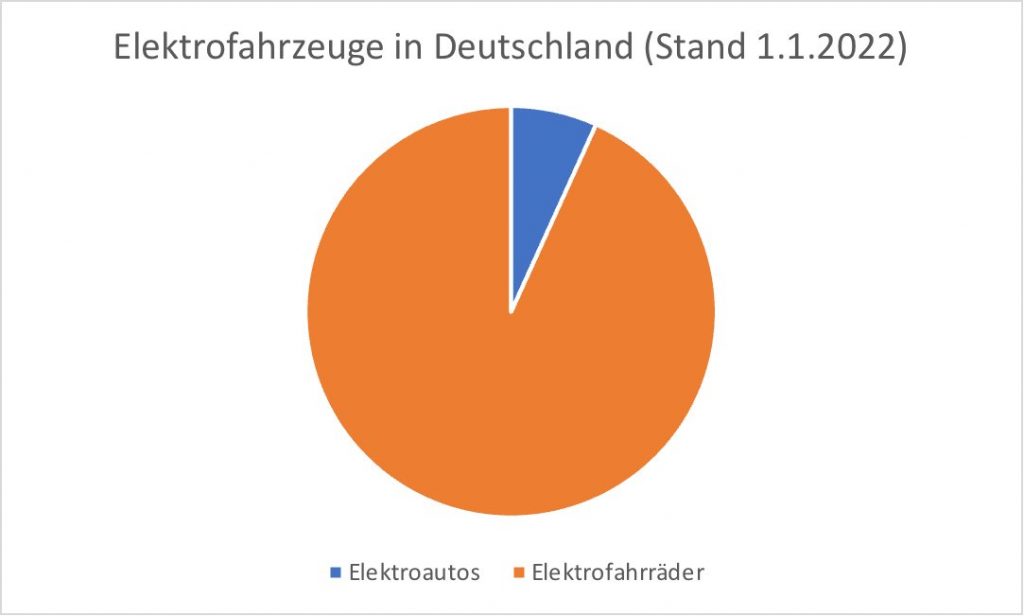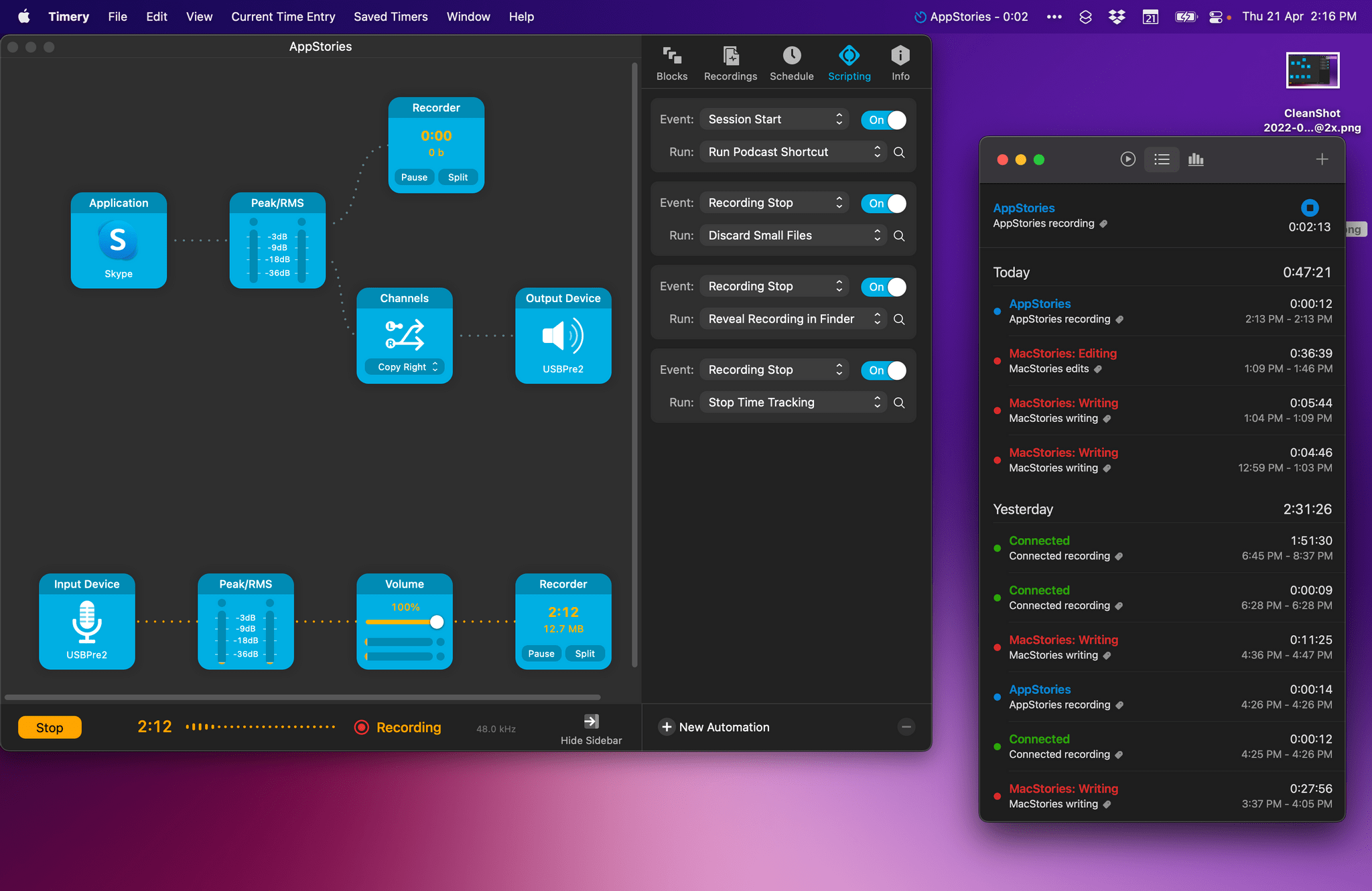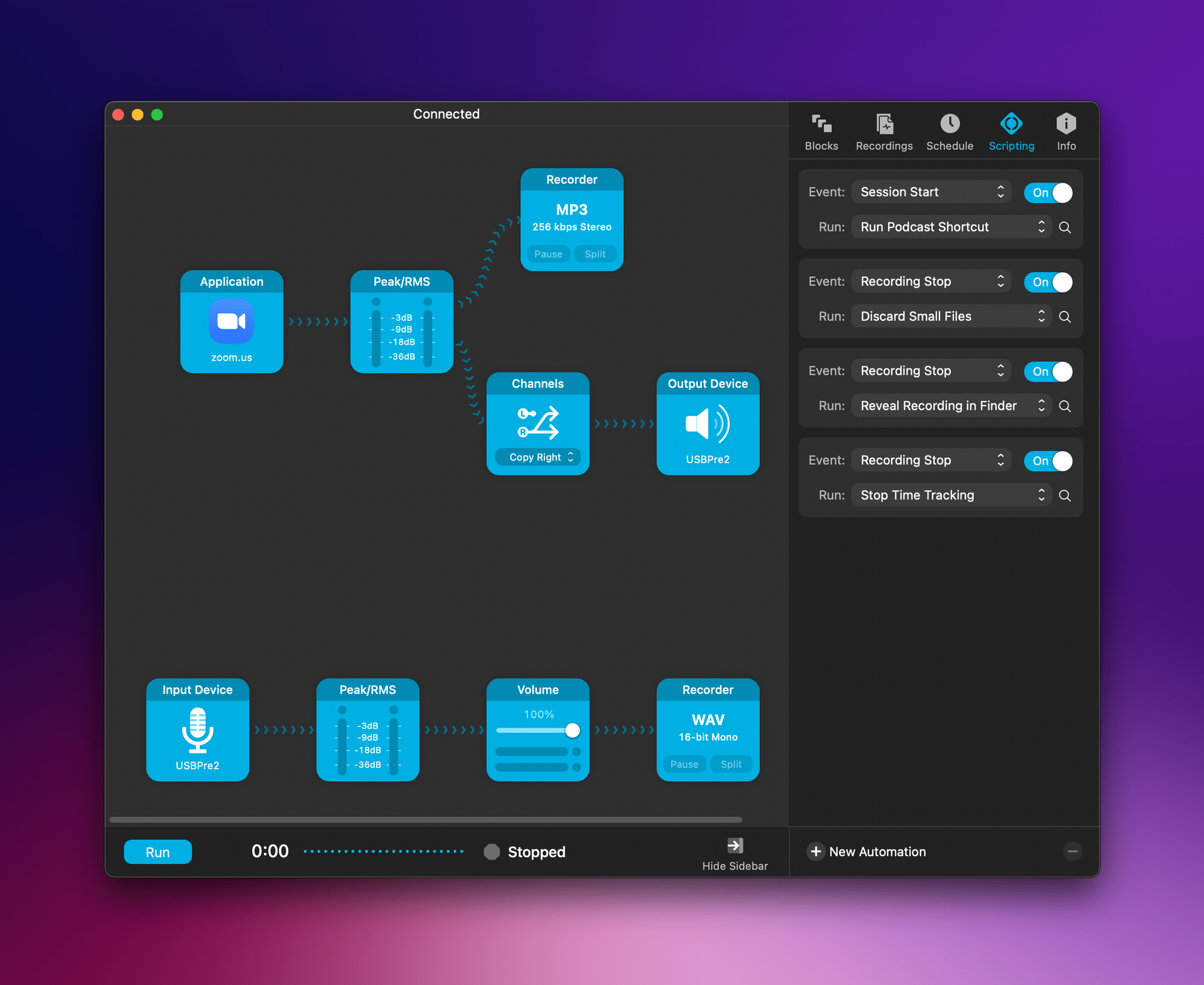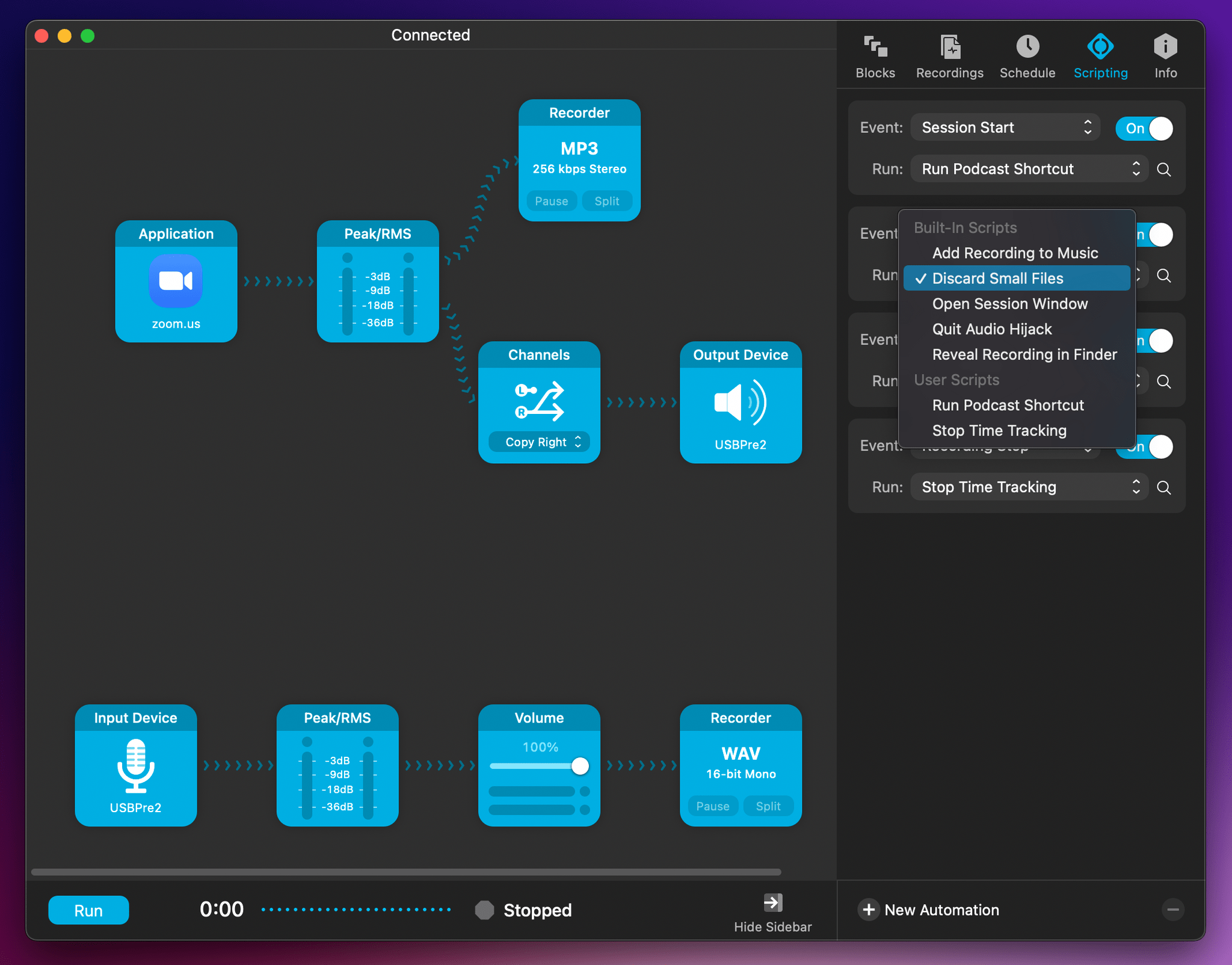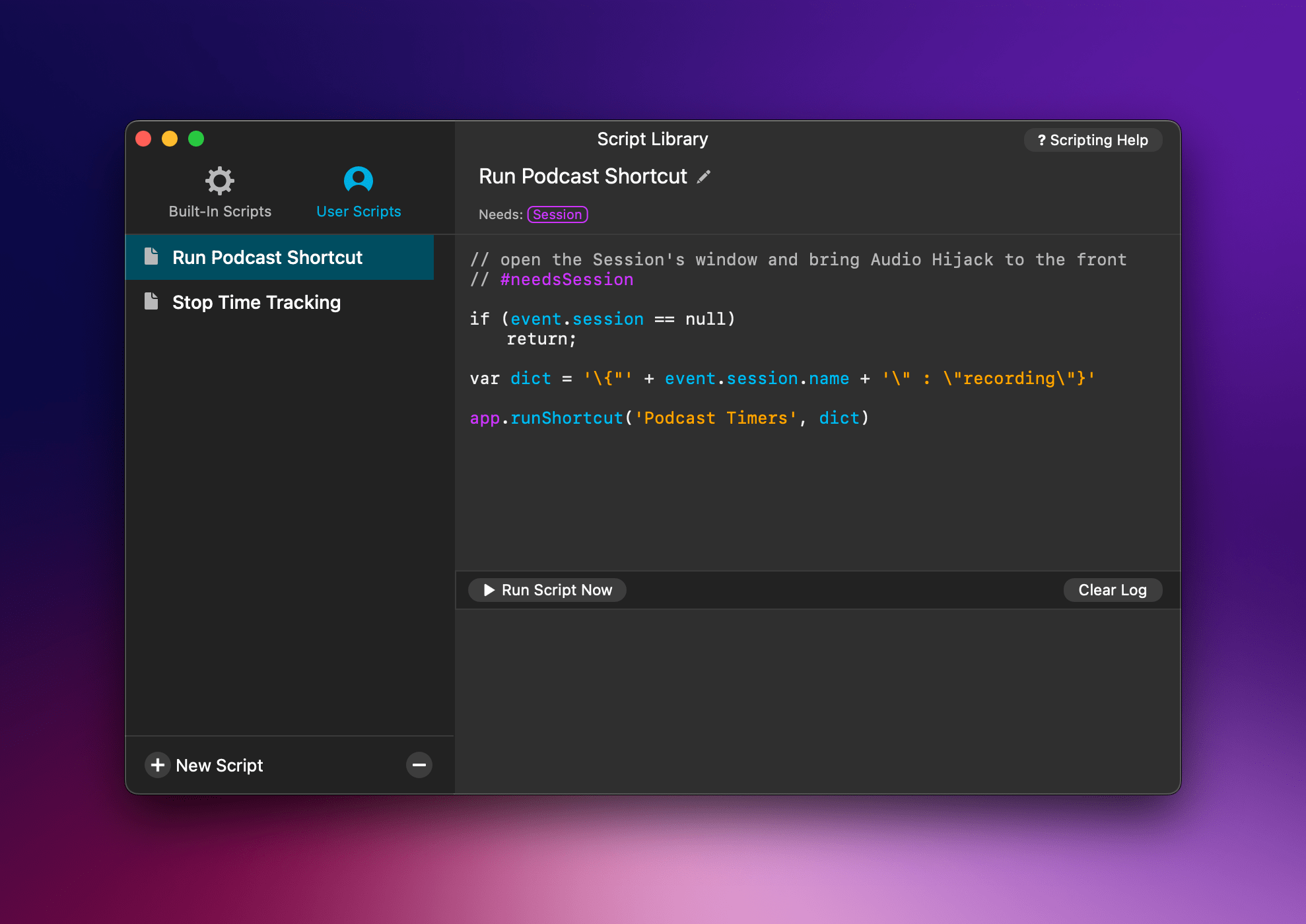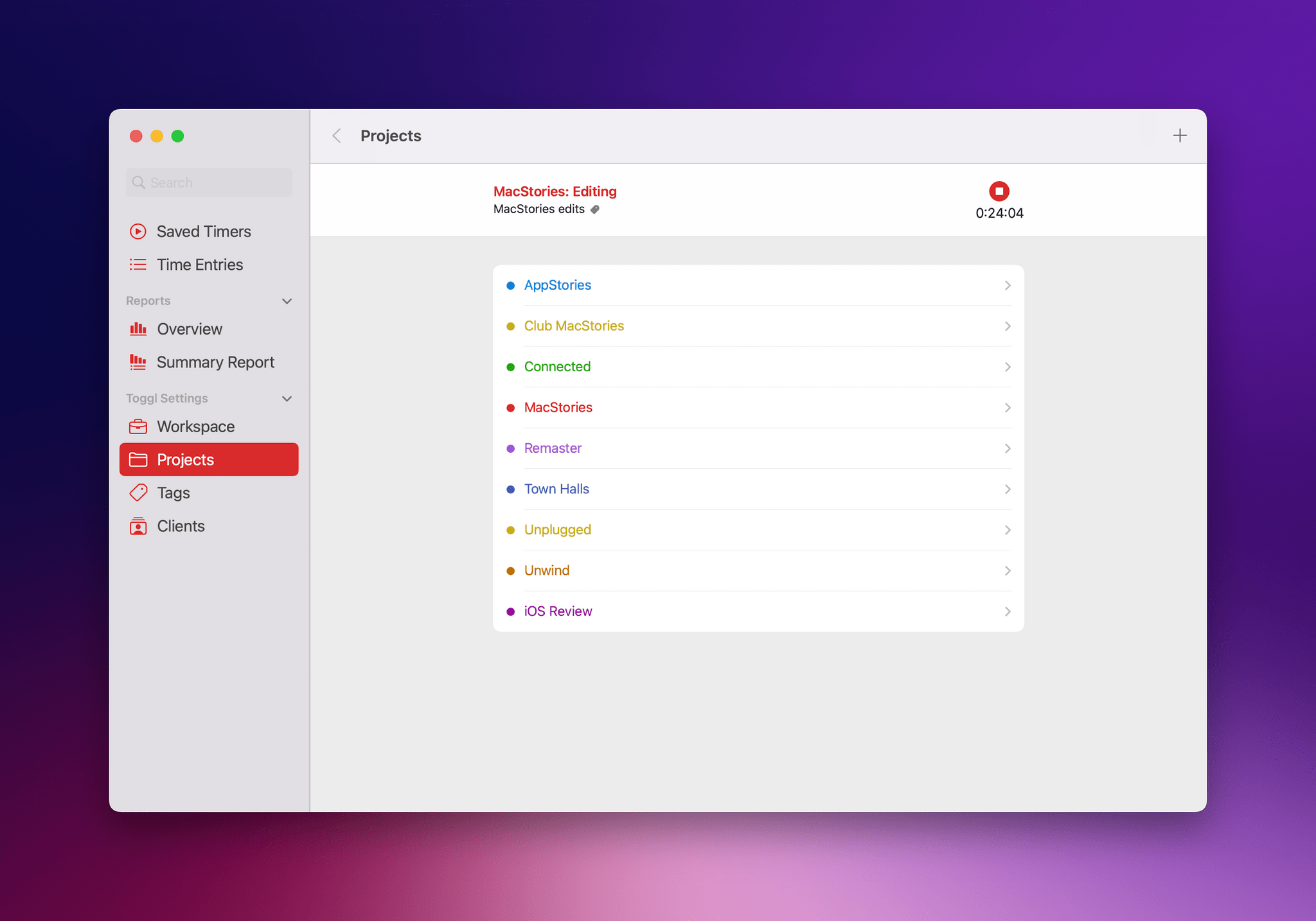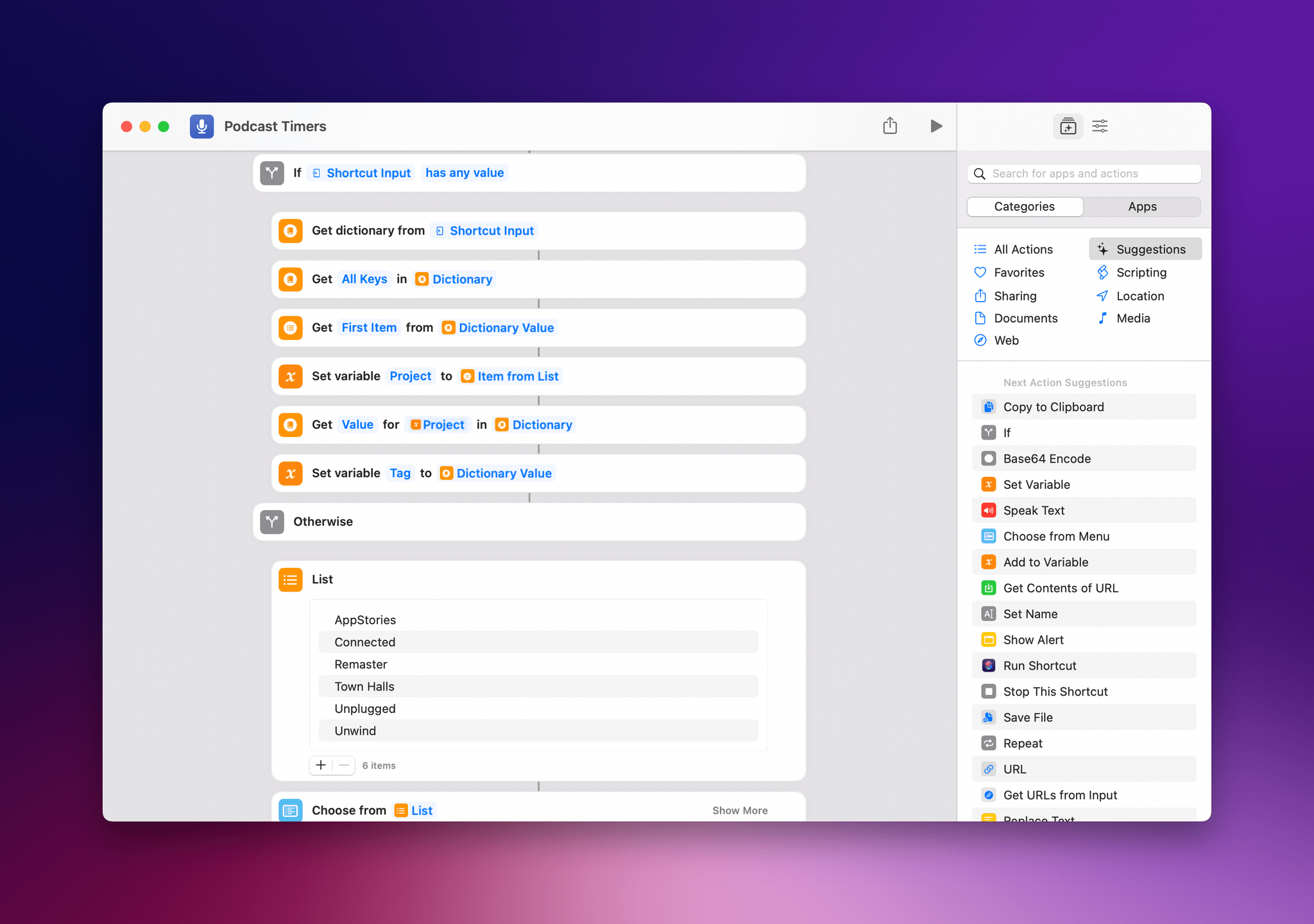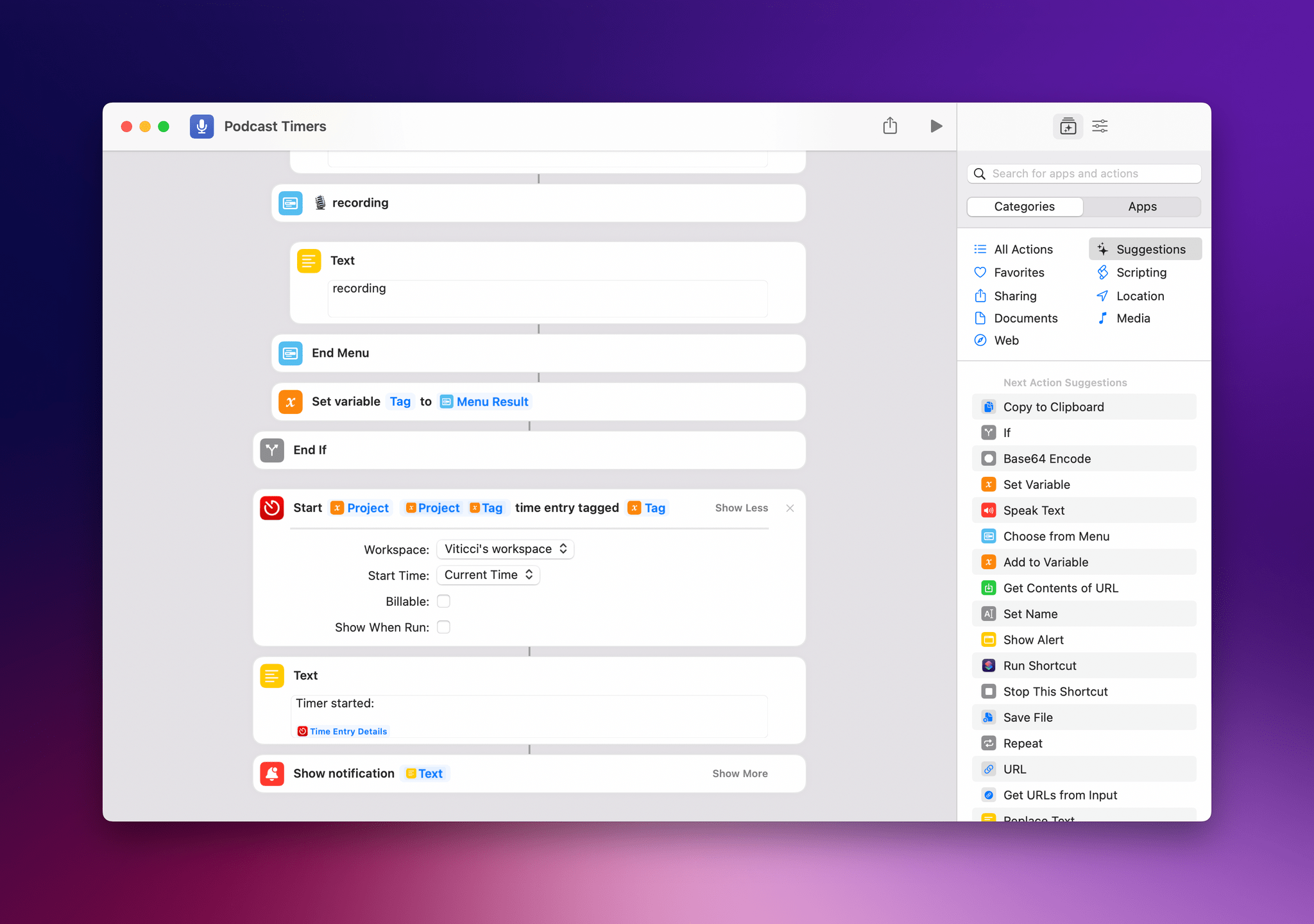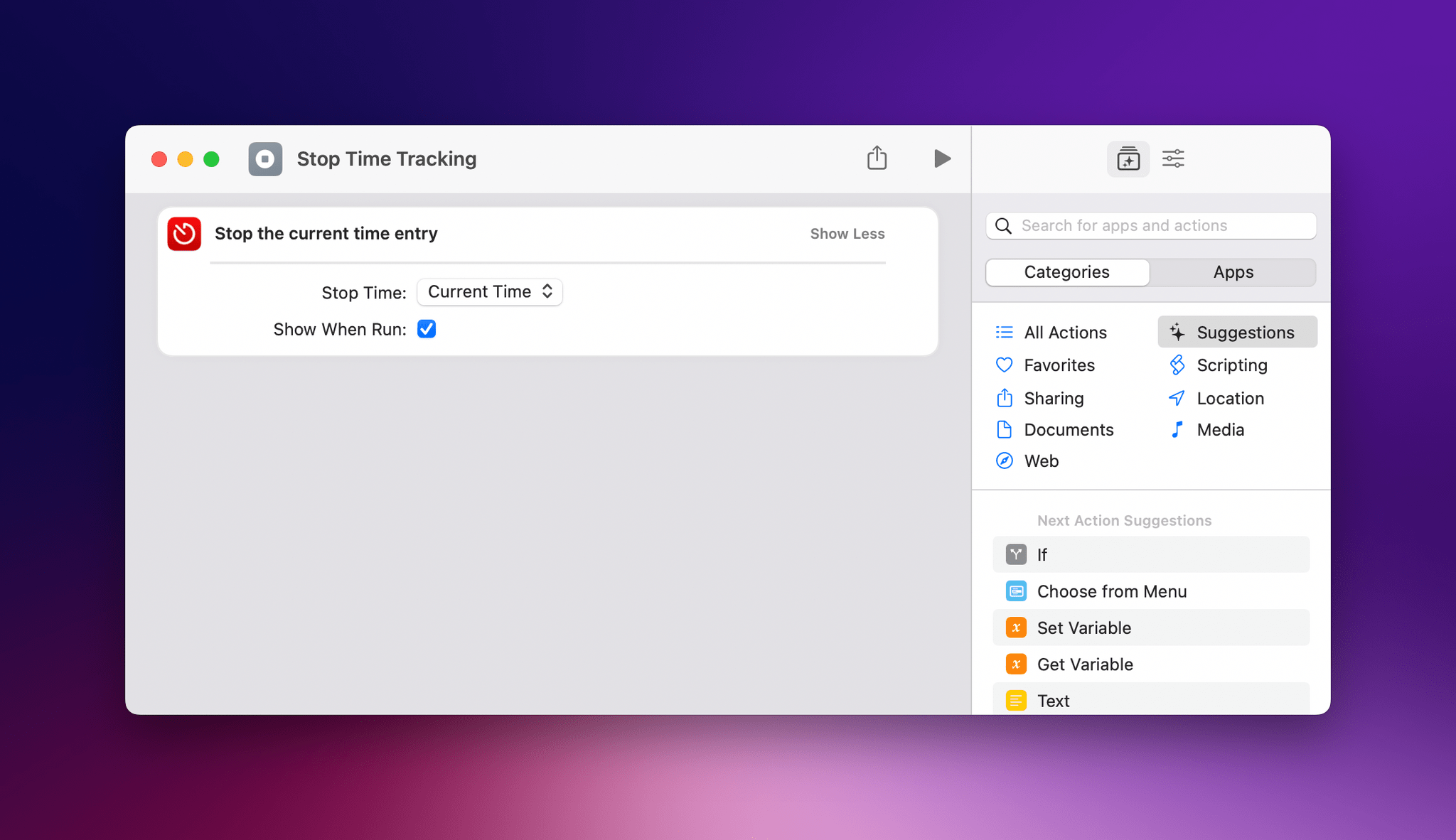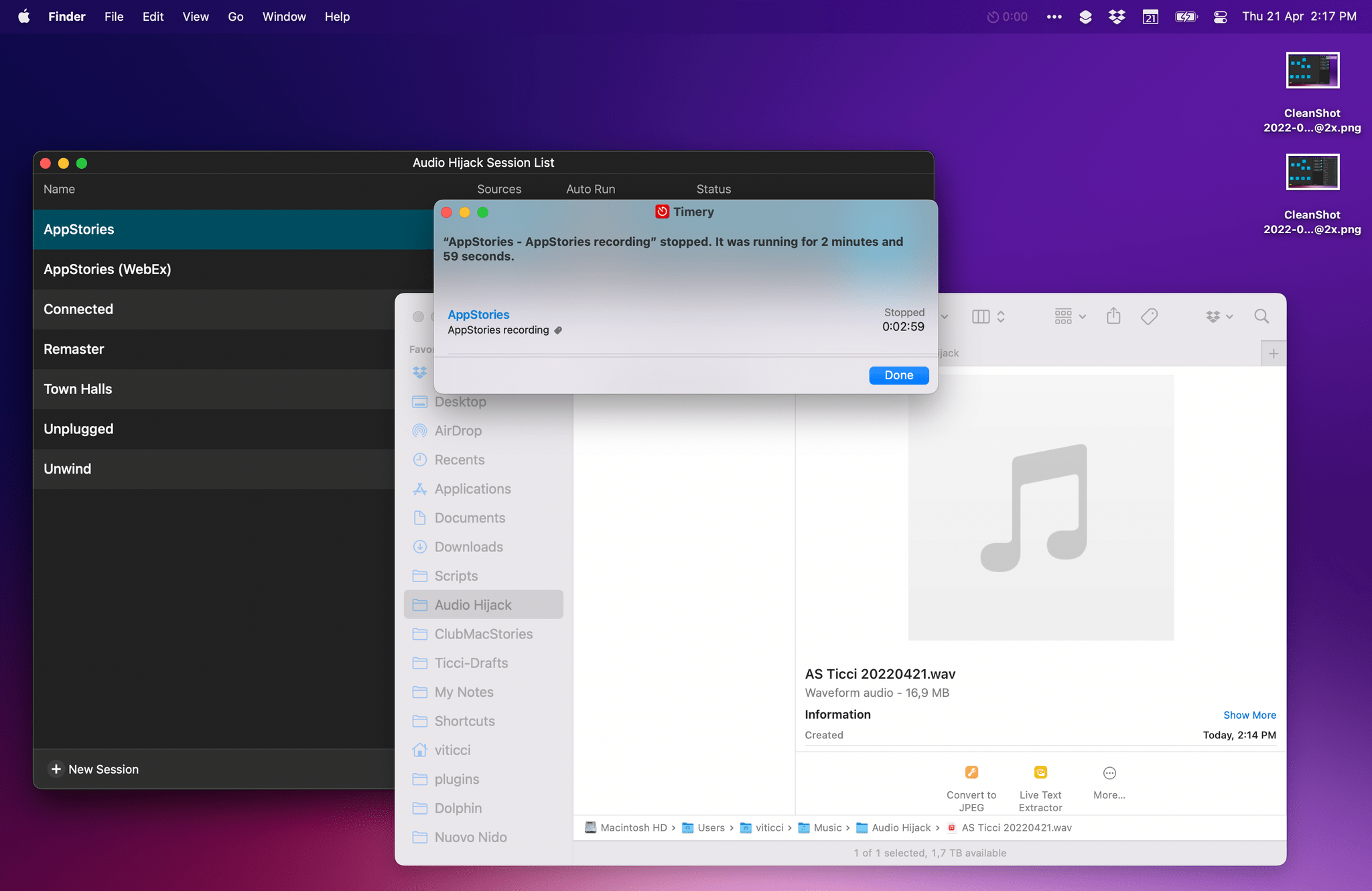Twitter should go private and return to its pre-2012 approach of being a centralized service with third-party clients.
Elon Musk wrote in a letter to Twitter’s board:
I invested in Twitter as I believe in its potential to be the platform for free speech around the globe, and I believe free speech is a societal imperative for a functioning democracy.
However, since making my investment I now realize the company will neither thrive nor serve this societal imperative in its current form. Twitter needs to be transformed as a private company.
As a result, I am offering to buy 100% of Twitter for $54.20 per share in cash, a 54% premium over the day before I began investing in Twitter and a 38% premium over the day before my investment was publicly announced. My offer is my best and final offer and if it is not accepted, I would need to reconsider my position as a shareholder.
Twitter has extraordinary potential. I will unlock it.
The vast majority of commentary about the Musk-Twitter saga has focused on the first three paragraphs: what does Musk mean by making Twitter more free speech oriented? Why doesn’t Musk believe he can work with the current board and management? Does Musk have the cash available to buy Twitter, and would the Twitter board accept his offer (no on the latter, but more on this below)?
The most interesting question of all, though, is the last paragraph: what potential does Musk see, and could he unlock it? For my part, not only do I agree the potential is vast, but I do think Musk could unlock it — and that itself has implications for the preceding paragraphs.
What is Twitter?
It’s popular on Twitter to point to a funny tweet or exchange and marvel that “This website is free“, or alternatively, “This app is free“. That raises the question, though, what is Twitter: is it a website or an app, or something different?
The answer, of course, is “All of the above”, but it’s worth being clear about the different pieces that make up Twitter; “Jin” made this illustration on Medium:

Twitter is actually a host of microservices, including a user service (for listing a user’s timeline), a graph service (for tracking your network), a posting service (for posting new tweets), a profile service (for user profiles), a timeline service (for presenting your timeline), etc.; the architecture to tie all of these together and operate at scale all around the world is suitably complex.
The key thing to note, though, is that only the green boxes in the diagram above are actually user-facing; a dramatically simplified version of Twitter, that condenses all of those internal services to a big blue “Twitter” box and focuses on the green interfaces might look something like this:

Again, this is a dramatic oversimplification, but the important takeaway is that the user-facing parts of Twitter are distinct from — and, frankly, not very pertinent to — the core Twitter service.
Twitter’s API Drama
The general idea behind a services architecture is that various functionalities are exposed via application programming interfaces, more commonly known as APIs; a “client” will leverage these APIs to build an end user experience. There is no requirement that these clients be owned or managed by the centralized service, and for the first several years of Twitter’s existence, that is exactly how the service operated: Twitter the company ran the service and the Twitter.com website, while third-parties built clients that let you access Twitter first on the desktop and then on smartphones.
Mobile was an absolute boon for Twitter: the public messaging service, modeled on SMS, was a natural fit for a smartphone screen, and the immediacy of Twitter updates was perfectly suited to a device that was always connected to the Internet. The explosion in mobile usage, though, led to a situation where Twitter didn’t actually control the user experience for a huge portion of its users. This actually led to a ton of innovation: Twitterrific, for example, the earliest third party client, came up with the Twitter bird, the term “tweet” for a Twitter message, and early paradigms around replies and conversations. It also led to problems, the solutions to which fundamentally changed Twitter’s potential as a business.
The first problem that came from Twitter the service relying on third party clients is that the company, which descended into politics and backstabbing from the board level on down almost immediately, was drifting along without a business model; the obvious candidate was advertising, but the easiest way to implement advertising was to control the user interface (and thus insert ads — ads, including promoted tweets, are another distinct service from Twitter itself). Thus Twitter bought Tweetie, widely regarded as the best Twitter mobile client (I was a user), in April 2010, and rebranded and relaunched it as the official Twitter for iPhone app a month later.
The second problem is that starting in 2010, a Silicon Valley entrepreneur named Bill Gross (who invented search advertising) started trying to build his own Twitter monetization product called TweetUp; when Twitter acquired Tweetie and made clear they were going to monetize it via advertising, Gross started buying up multiple other third party Twitter clients with the idea of creating a competing network of clients that would monetize independently. Twitter responded in the short term by kicking several of Gross’s clients off of the platform for dubious terms-of-service violations, and in the long term by killing the 3rd party API for everyone. Clients could keep the users they had but could only add 100,000 more users — ever.
The net result of these two decisions was that Twitter, its architecture notwithstanding, would be a unified entity where Twitter the company controlled every aspect of the experience, and that that experience would be monetized via advertising.
Twitter’s Reality
Twitter has, over 19 different funding rounds (including pre-IPO, IPO, and post-IPO), raised $4.4 billion in funding; meanwhile the company has lost a cumulative $861 million in its lifetime as a public company (i.e. excluding pre-IPO losses). During that time the company has held 33 earnings calls; the company reported a profit in only 14 of them.
Given this financial performance it is kind of amazing that the company was valued at $30 billion the day before Musk’s investment was revealed; such is the value of Twitter’s social graph and its cultural impact: despite there being no evidence that Twitter can even be sustainably profitable, much less return billions of dollars to shareholders, hope springs eternal that the company is on the verge of unlocking its potential. At the same time, these three factors — Twitter’s financials, its social graph, and its cultural impact — get at why Musk’s offer to take Twitter private is so intriguing.
Start with the financials: Twitter’s business stinks. Yes, you can make an argument that this is due to mismanagement and poor execution — who enjoys seeing a stale promoted tweet about something that happened weeks ago?1 — but I have also made the argument that Twitter just isn’t well suited to direct response advertising in particular:
Think about the contrast between Twitter and Instagram; both are unique amongst social networks in that they follow a broadcast model: tweets on Twitter and photos on Instagram are public by default, and anyone can follow anyone. The default medium, though, is fundamentally different: Twitter has photos and videos, but the heart of the service is text (and links). Instagram, on the other hand, is nothing but photos and video (and link in bio).
The implications of this are vast. Sure, you may follow your friends on both, but on Twitter you will also follow news breakers, analysts, insightful anons, joke tellers, and shit posters. The goal is to mainline information, and Twitter’s speed and information density are unparalleled by anything in the world. On Instagram, though, you might follow brands and influencers, and your chief interaction with your friends is stories about their Turkey Day exploits. It’s about aspiration, not information, and the former makes a lot more sense for effective advertising.
It’s more than just the medium though; it’s about the user’s mental state as well. Instagram is leisurely and an escape, something you do when you’re procrastinating; Twitter is intense and combative, and far more likely to be tied to something happening in the physical world, whether that be watching sports or politics or doing work:

This matters for advertising, particularly advertising that depends on a direct response: when you are leaning back and relaxed why not click through to that Shopify site to buy that knick-knack you didn’t even know you needed, or try out that mobile game? When you are leaning forward, though, you don’t have either the time or the inclination.
That article made the argument for Twitter to move towards more of a subscription offering; that may be the wrong idea, but the bigger takeaway is that what Twitter has been trying to build for years just isn’t working, and the challenges aren’t just bad management. To put it another way, when it comes to Twitter’s business, there really isn’t much to lose, but Twitter could only risk losing what there is if it were a private company, free from the glare of public markets who, for very justifiable reasons, give Twitter’s management a very short leash.
What is valuable is that social graph: while Facebook understands who you know, Twitter, more than any other company, understands what its users are interested in. That is, in theory, much more valuable; said value is diminished by the fact that Twitter just doesn’t have that many users, relatively speaking; the users it has, though, are extremely influential, particularly given the important of Twitter in media, tech, and finance. For this group Twitter is completely irreplaceable: there is no other medium with a similar density of information or interest-driven network effects.
This, by extension, drives Twitter’s cultural impact: no, most people don’t get their news off of Twitter; the places they get their news, though, are driven by Twitter. Moreover, Twitter not only sets the agenda for media organizations, it also harmonizes coverage, thanks to a dynamic where writers, unmoored from geographic constraints or underlying business realities of their publications, end up writing for other writers on Twitter, oftentimes radicalizing each other in plain site of their readership. Twitter itself is part of this harmonization, going so far as to censor politically impactful stories in the weeks before an election; it’s no surprise that when Musk says he wants to impose a stronger free speech ethos that the reaction is fierce and littered with motte-and-baileys (“actually we just care about limiting abuse and spam!”).
Back to the Future
This is all build-up to my proposal for what Musk — or any other bidder for Twitter, for that matter — ought to do with a newly private Twitter.
- First, Twitter’s current fully integrated model is a financial failure.
- Second, Twitter’s social graph is extremely valuable.
- Third, Twitter’s cultural impact is very large, and very controversial.
Given this, Musk (who I will use as a stand-in for any future CEO of Twitter) should start by splitting Twitter into two companies.
- One company would be the core Twitter service, including the social graph.
- The other company would be all of the Twitter apps and the advertising business.
TwitterAppCo would contract with TwitterServiceCo to continue to receive access to the Twitter service and social graph; currently Twitter earns around $13/user/year in advertising, so you could imagine a price of say $7.50/user/year, or perhaps $0.75/user/month. TwitterAppCo would be free to pursue the same business model and moderation policies that Twitter is pursuing today (I can imagine Musk sticking with TwitterServiceCo, and the employees upset about said control being a part of TwitterAppCo).
However, that relationship would not be exclusive: TwitterServiceCo would open up its API to any other company that might be interested in building their own client experience; each company would:
- Pay for the right to get access to the Twitter service and social graph.
- Monetize in whatever way they see fit (i.e. they could pursue a subscription model).
- Implement their own moderation policy.
This last point would cut a whole host of Gordian Knots:
- Market competition would settle the question about whether or not stringent moderation is an important factor in success; some client experiences would be heavily moderated, and some wouldn’t be moderated at all.
- The fact that everyone gets access to the same Twitter service and social graph solves the cold start problem for alternative networks; the reason why Twitter alternatives always fail is because Twitter’s network effect is so important.
- TwitterServiceCo could wash its hands of difficult moderation decisions or tricky cultural issues; the U.S. might have a whole host of Twitter client options, while Europe might be more stringent, and India more stringent still. Heck, this model could even accommodate a highly-censored China client (although this is highly unlikely).
I strongly suspect that a dramatic increase in competition amongst Twitter client services would benefit TwitterServiceCo, growing its market in a way that hasn’t happened in years. What is most exciting, though, is the potential development of new kinds of services that don’t look like Twitter at all.
Step back a moment and think about the fundamental infrastructure of the Internet: we have a media protocol in HTTP/web, and a communications protocol in SMTP/email; what is missing is a notifications protocol. And yet, at the same time, if there is one lesson from mobile it is just how important notifications are; a secondary consideration is how important identity is. If you can know how to reach someone, and have the means to do so, you are set, whether you be a critical service, an advertiser, or anything in-between. Twitter has the potential to fill that role: the ability to route short messages to a knowable endpoint accessible via a centralized directory has far more utility than political signaling and infighting. And yet, thanks to Twitter’s early decisions and lack of leadership, the latter is all the service is good for; no wonder user growth and financial results have stagnated!
A truly open TwitterServiceCo has the potential to be a new protocol for the Internet — the notifications and identity protocol; unlike every other protocol, though, this one would be owned by a private company. That would be insanely valuable, but it is a value that will never be realized as long as Twitter is a public company led by a weak CEO and ineffective board driving an integrated business predicated on a business model that doesn’t work.
Twitter’s Reluctance
The surest evidence of the Twitter board’s lack of imagination and ineffectiveness is that their response to Musk’s proposal is to further dilute existing shareholders as a means of denying Musk control. This is, in my estimation, clearly against the interest of Twitter shareholders (which, for what it’s worth, don’t in any meaningful way include Twitter’s board members); given Twitter’s performance over the last decade, though, this isn’t really a surprise.
Indeed, when you consider the fact that Twitter’s board members not only don’t own much of Twitter, but famously, barely use Twitter at all, it is easy to wonder if the actual goal is not financial results but rather harnessing that immense cultural impact. This suspicion only intensifies when you consider that the bidder in this case is one of the most successful entrepreneurs of all time: if there was one person in the world who could realize Twitter’s latent value, wouldn’t Musk be at the top of the list? And yet he is anathema, not for his business acumen, but despite it.
This, more than anything, makes me even more sure that my proposal for competition amongst Twitter client companies is essential: not only do I think that more competition would lead to dramatically more innovation, but it would also solve the problem of who decides what we see by undoing the centralization of that power and subjecting decisions to market forces. That this is unacceptable to some says more about their ultimate motivations than anything else.
A friend sent me this promoted tweet on April 15, almost a full month since Kentucky had been eliminated from March Madness, and well over a week after the entire tournament had ended ↩
Subscription Information
Member: Roland Tanglao
Email: rolandt@gmail.com
Manage your account








